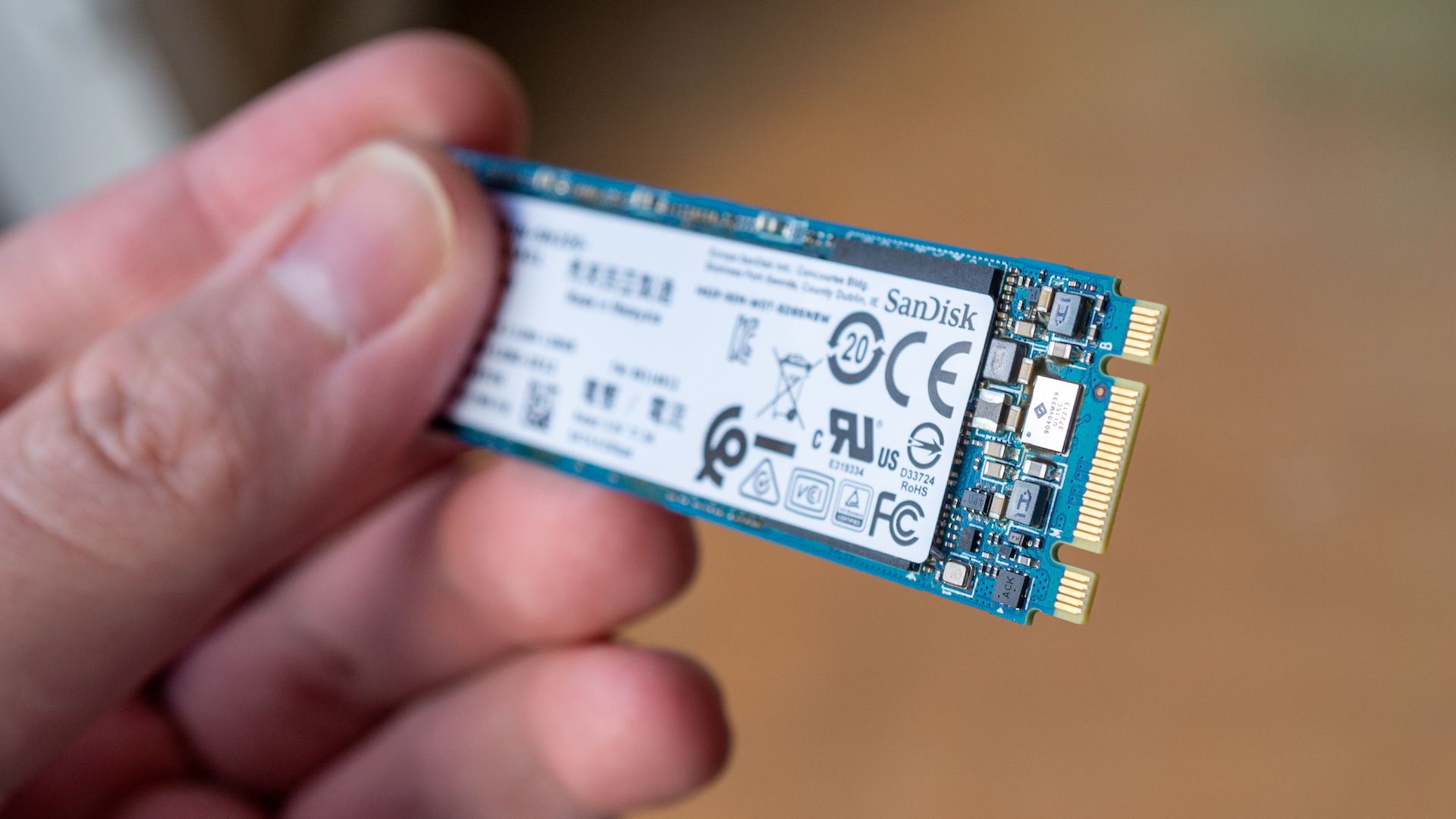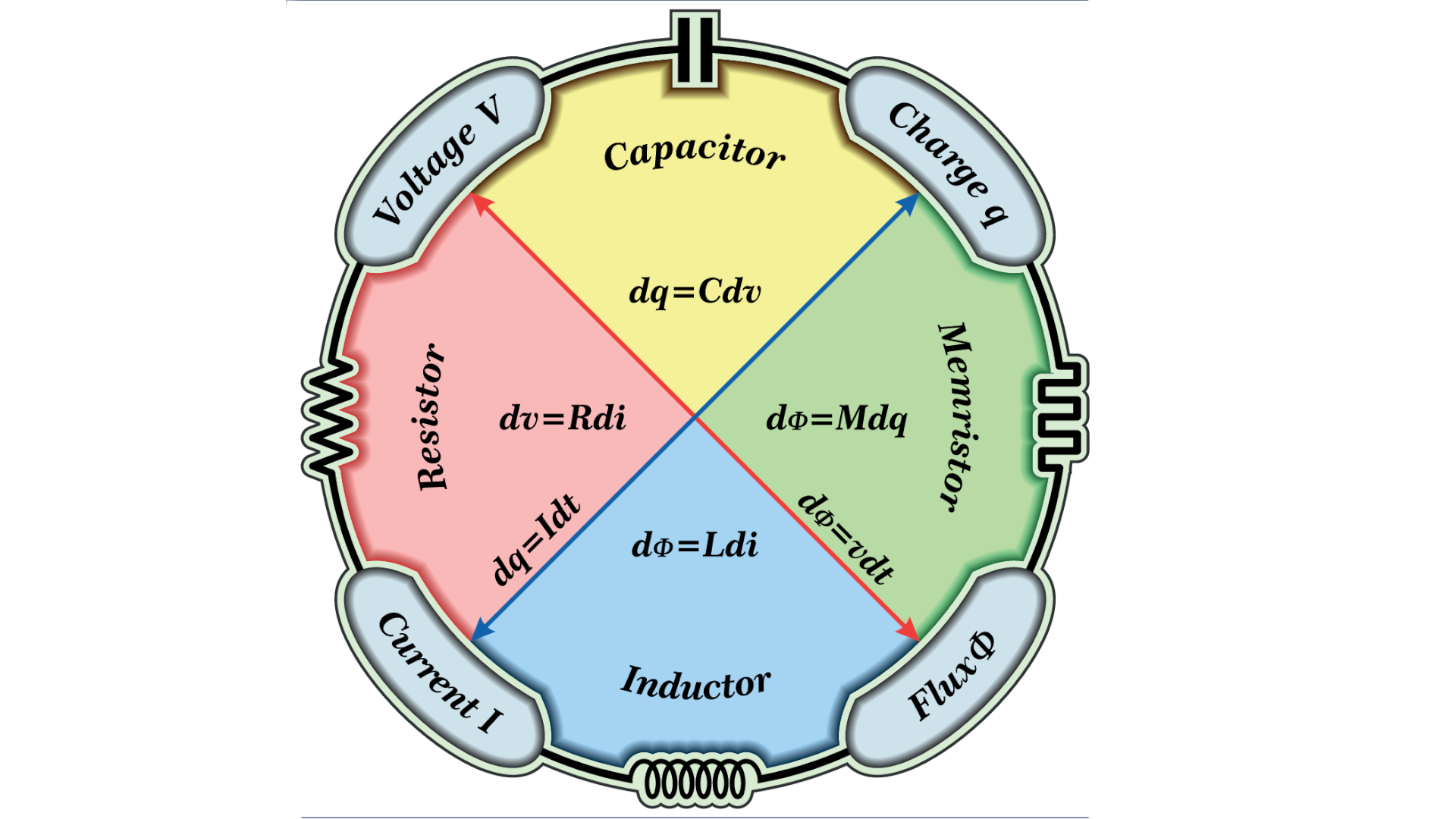Quick Links
Memristors promised to revolutionize how we store and access data. However, despite hype surrounding memristors, they haven't quite replaced traditional storage technologies like RAM and SSDs. In this article, we'll explore the journey of memristors and where they stand today.
Understanding Memristors
Memristors, or memory resistors, are a type of electrical component that can change their resistance based on the flow of electrical current. This unique property allows them to store information in a fast and energy-efficient way. Memristors were first theorized by Professor Leon Chua in 1971, but it wasn't until 2008 that researchers at HP Labs created a working prototype.
Memristors vs. Traditional Storage: How They Stack Up
The primary advantage of memristors over traditional storage like RAM and SSDs is their non-volatile nature. This means memristors can retain data even when the power is turned off. In contrast, RAM (Random Access Memory) is volatile, which means it loses all data when the system is powered down.
SSDs (Solid State Drives) are non-volatile but have limited read/write cycles, which can lead to wear and eventual failure. On the other hand, memristors have been touted to offer virtually unlimited read/write cycles, leading to a longer lifespan.
In other words, memristors promise to be the perfect combination of RAM and SSD storage if we can get them to work commercially.
The Hype Surrounding Memristors: What Went Wrong?
When working memristor technology was first announced, it generated a lot of excitement within the tech industry. This was mainly because memristors promised faster, more energy-efficient, and longer-lasting storage solutions than traditional RAM and SSDs. This led to high expectations and a flurry of investments in research and development. However, the hype surrounding memristors has significantly waned in recent years, with the technology yet to impact the market.
The Reality of Memristors: Challenges and Limitations
Despite their potential advantages, several challenges have hindered the widespread adoption of memristor technology. Manufacturing memristors at a large scale has proven difficult and expensive. This has limited the number of companies willing to invest in developing and producing memristor-based devices.
Also, while memristors have shown promise in laboratory settings, their real-world application performance has not always met expectations. Factors such as temperature fluctuations and material inconsistencies have led to variable performance and stability issues. To quote Wikipedia "Experimentally, the ideal memristor has yet to be demonstrated." So those diligently working on the problem are looking for a tantalizingly close breakthrough.
The Future of Memristors: Will They Ever Replace RAM and SSDs?
While the hype surrounding memristors has died down, research and development in this field continue. As the technology matures, it's possible that memristors could find their way into specialized applications, such as AI accelerators or edge computing devices, where their unique properties might provide a competitive advantage.
However, it remains uncertain whether memristors will ever replace traditional storage technologies like RAM and SSDs on a large scale. For now, it seems that memristors are destined to remain an intriguing yet niche technology rather than the revolutionary force they were once predicted to be.
However, just as with optical and quantum computing, we can never rule out that some form of this tech will make it into our homes and the devices that we personally use.


